As an important fastener, bolts are widely used in various industries. Its production process involves multiple links, each of which has an important impact on the performance and quality of the bolt. The following is a complete explanation of the bolt production process, which mainly includes raw material selection, wire drawing, cold heading, thread rolling, heat treatment , surface treatment, quality inspection, packaging and storage, etc.
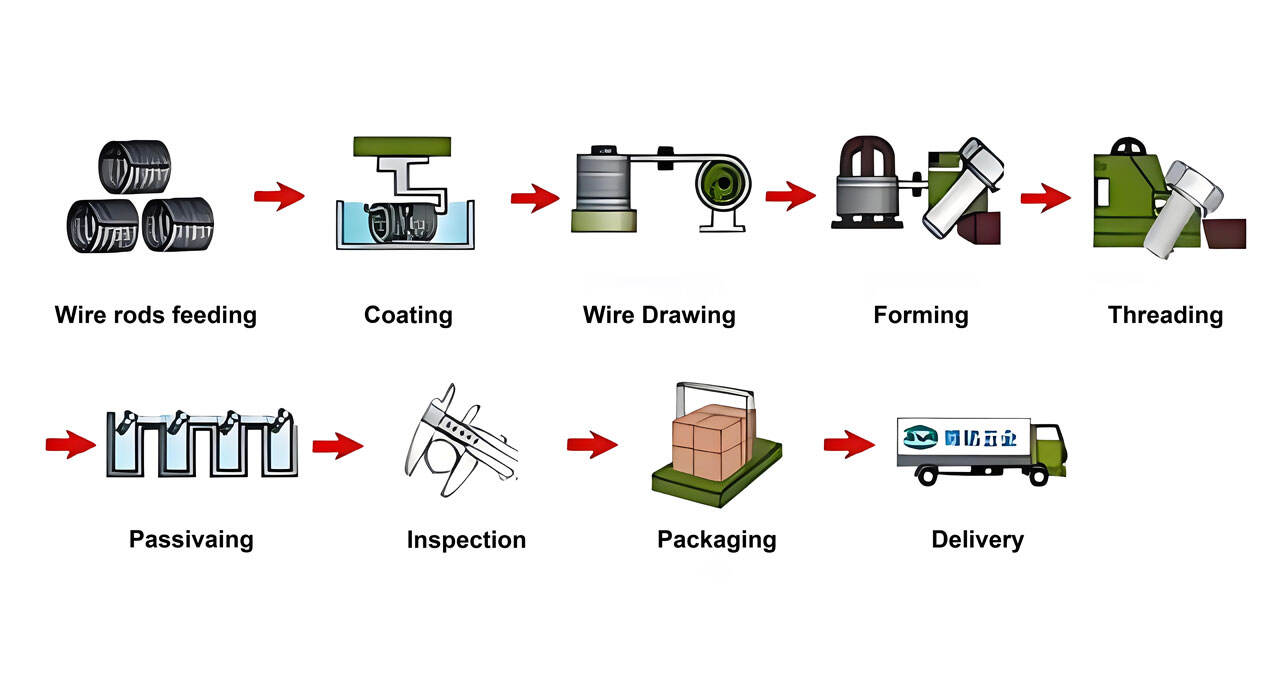
The raw materials of bolts are usually high-quality carbon steel or alloy steel. According to different usage requirements, choose different grades of steel. High-quality carbon steel has better plasticity, toughness and cutting performance, while alloy steel has higher strength and wear resistance. When selecting raw materials, it is necessary to ensure that their chemical composition, mechanical properties, non-destructive testing and other indicators meet relevant standards.
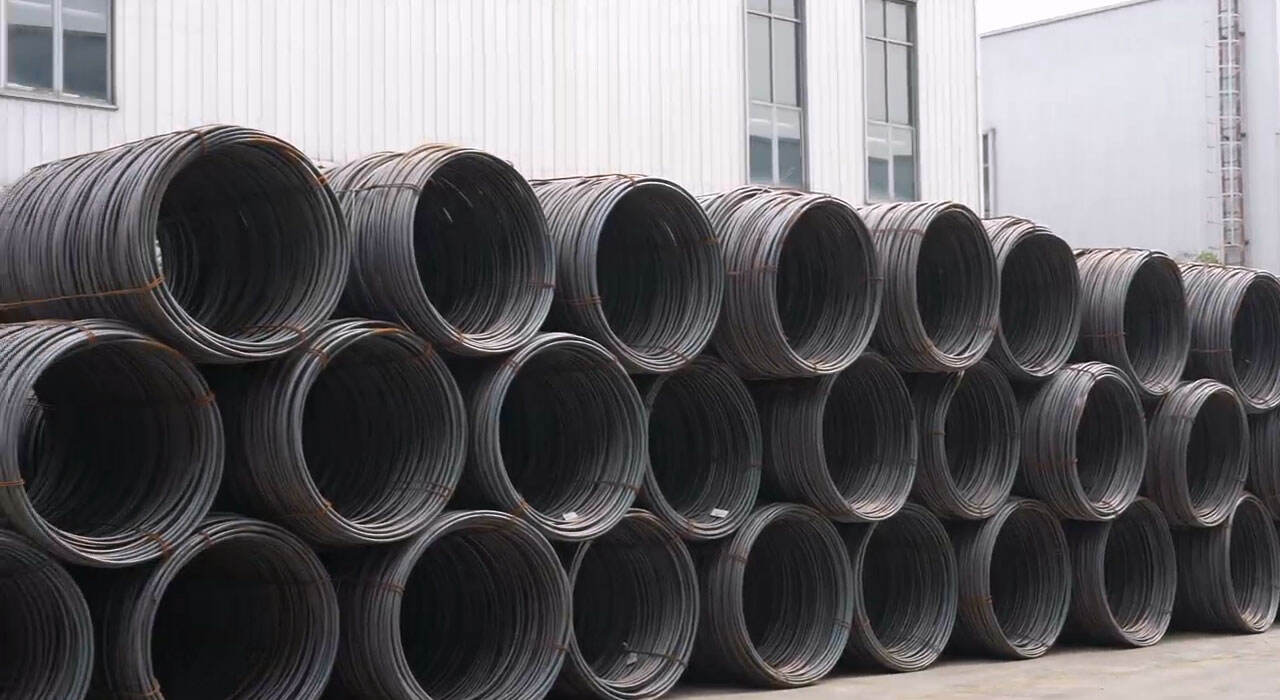
Pretreatment is an important part of bolt production, mainly including material cutting, cleaning and coating treatment. Cutting is to process the raw materials into a length suitable for cold heading, cleaning is to remove dirt and oxide scale on the surface of the material, and coating treatment can enhance the corrosion resistance of the material.
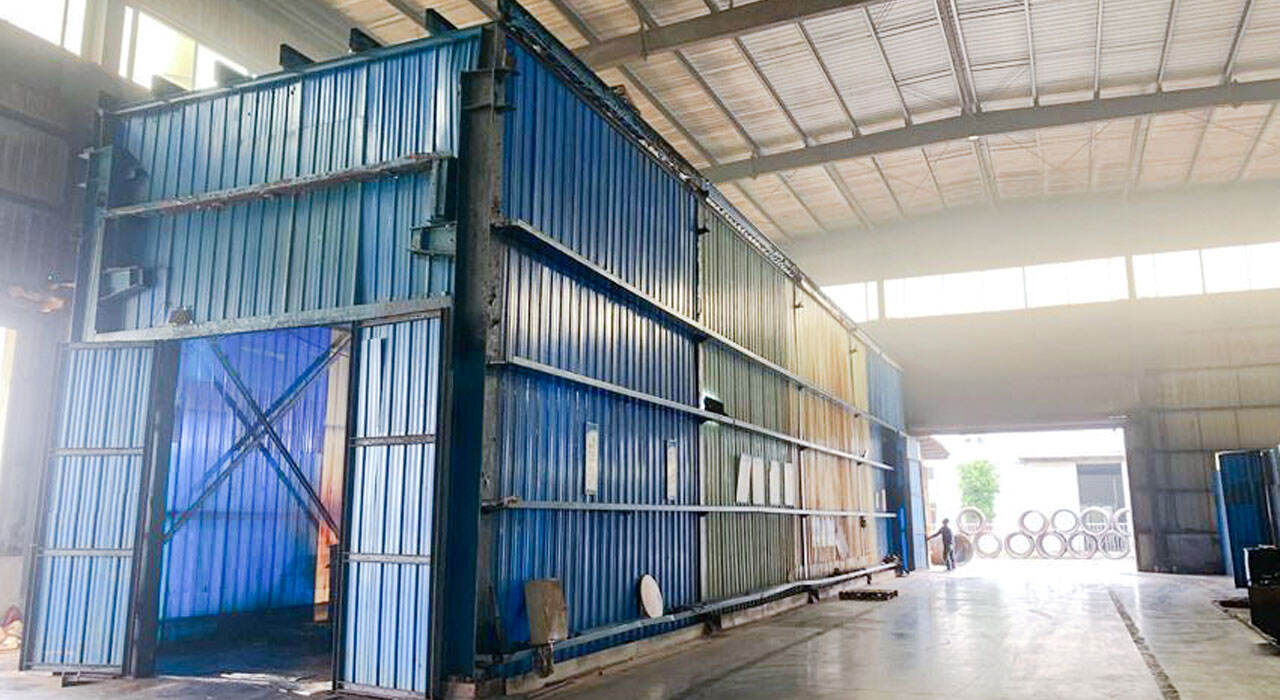
Wire drawing is to gradually reduce the diameter of raw materials through a series of stretching and compression, thereby obtaining wires or rods of the required specifications. This process requires precise control of the intensity and number of stretches to ensure that the wire or rod is of the required size and shape.
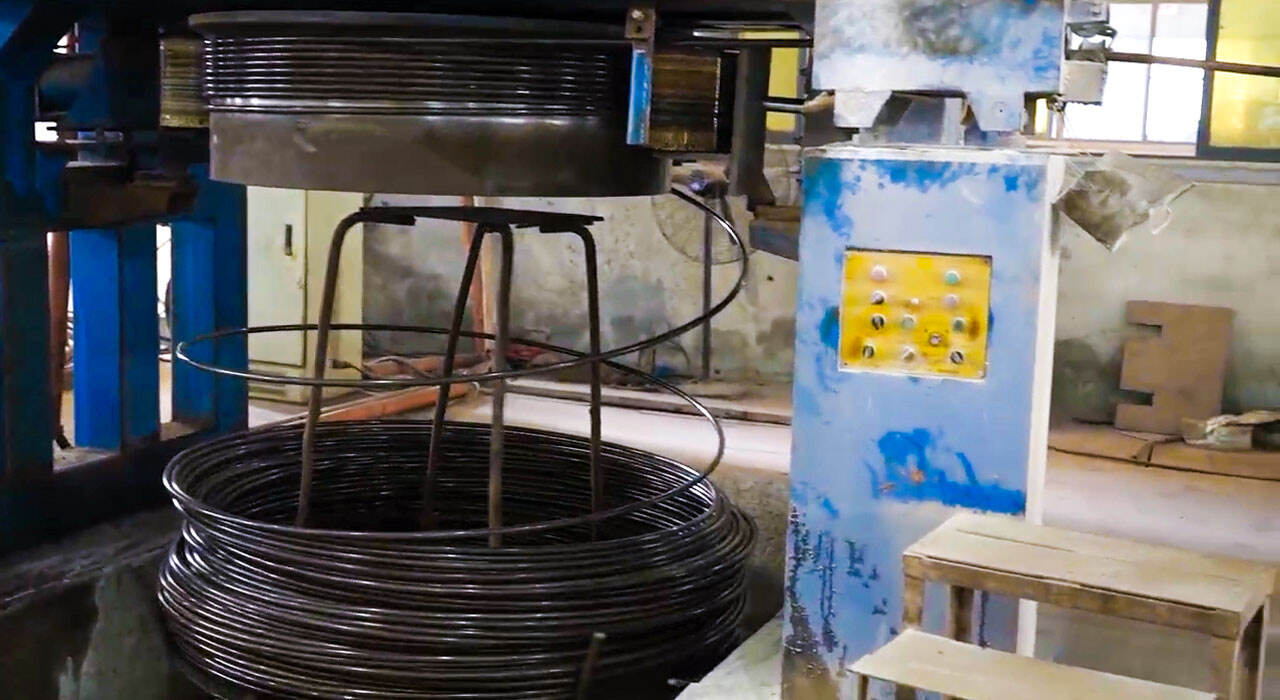
Cold heading forming is the core process of bolt production. The pre-processed raw materials are processed into the preliminary shape of the bolt through a dedicated cold heading machine. During this process, the parameters of the cold heading machine, such as pressure, temperature and time, need to be precisely controlled to ensure that the size and shape of the bolt meet the requirements.
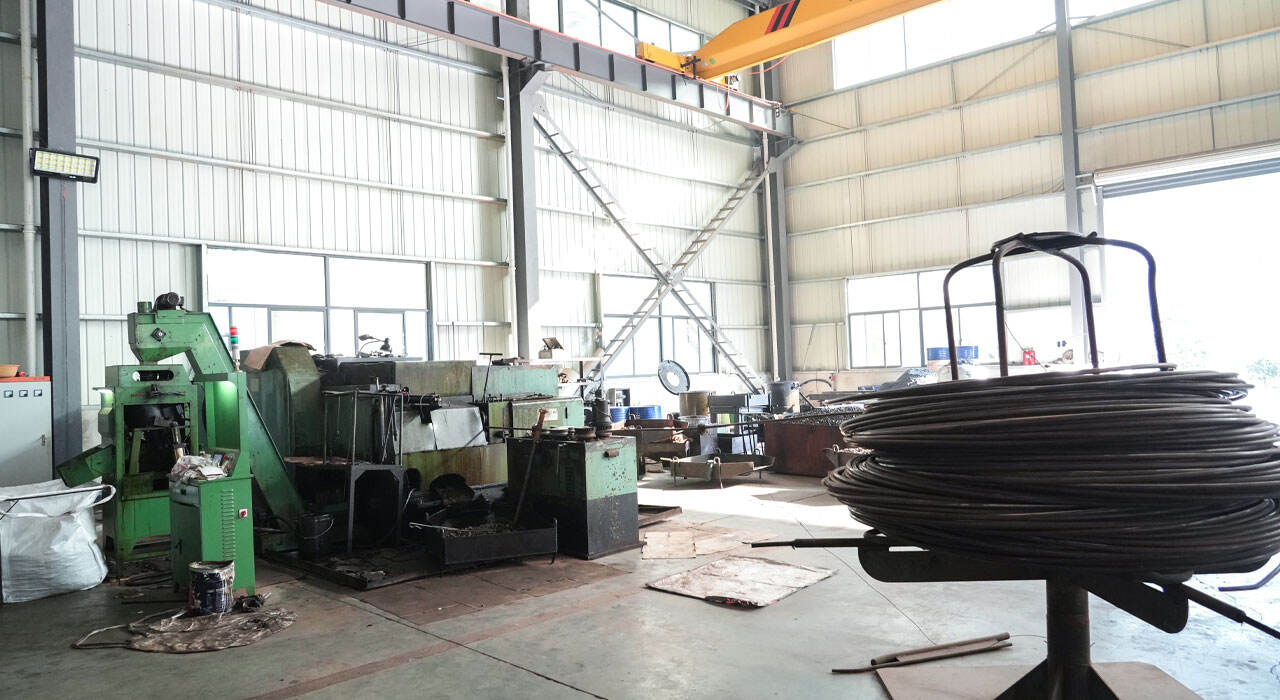
Thread rolling is an important process in metal processing and is mainly used to process threads. The principle is to gradually plastically deform the metal blank through rolling, thereby forming threads with specific specifications and shapes. The thread rolling process can improve the connection strength and wear resistance of fasteners such as bolts and nuts, and enhance their service life. During the thread rolling process, parameters such as the rotation speed, feed speed and pressure of the thread rolling wheel need to be controlled to ensure the quality and accuracy of the thread.
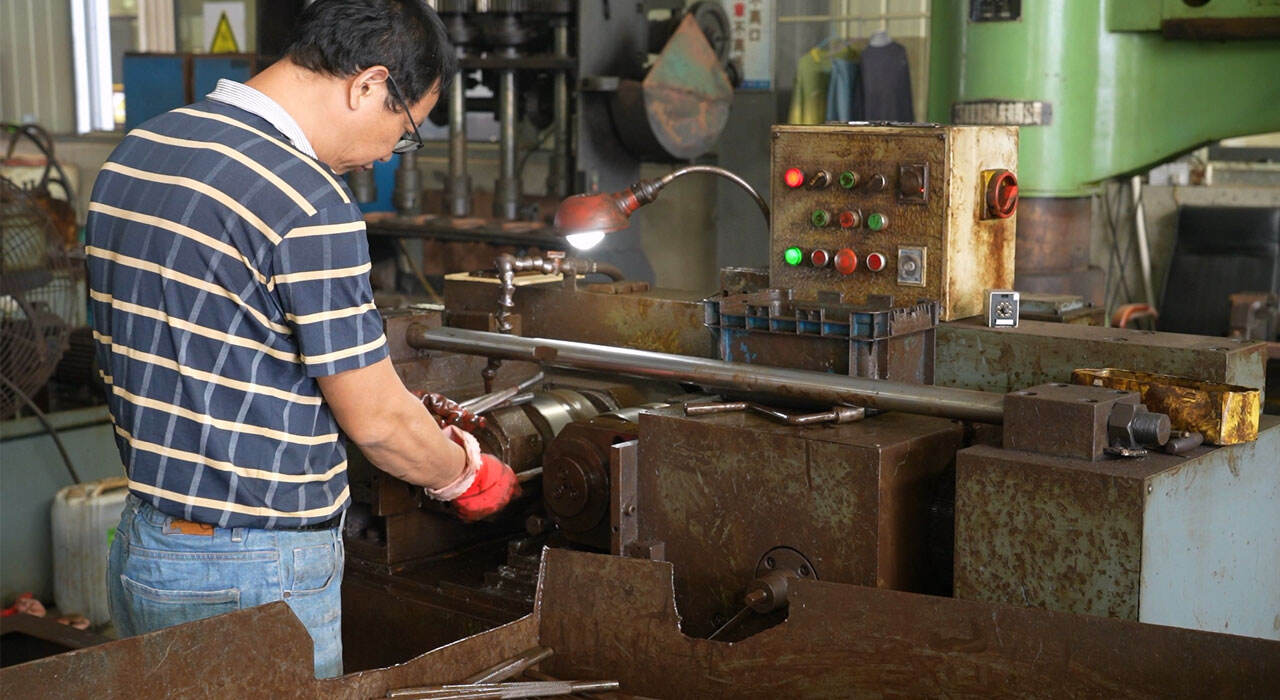
Heat treatment is an important step in changing the internal structure of metal, improving the strength and corrosion resistance of bolts through heating or cooling. The heat treatment process requires precise control of temperature and time to ensure bolt performance.
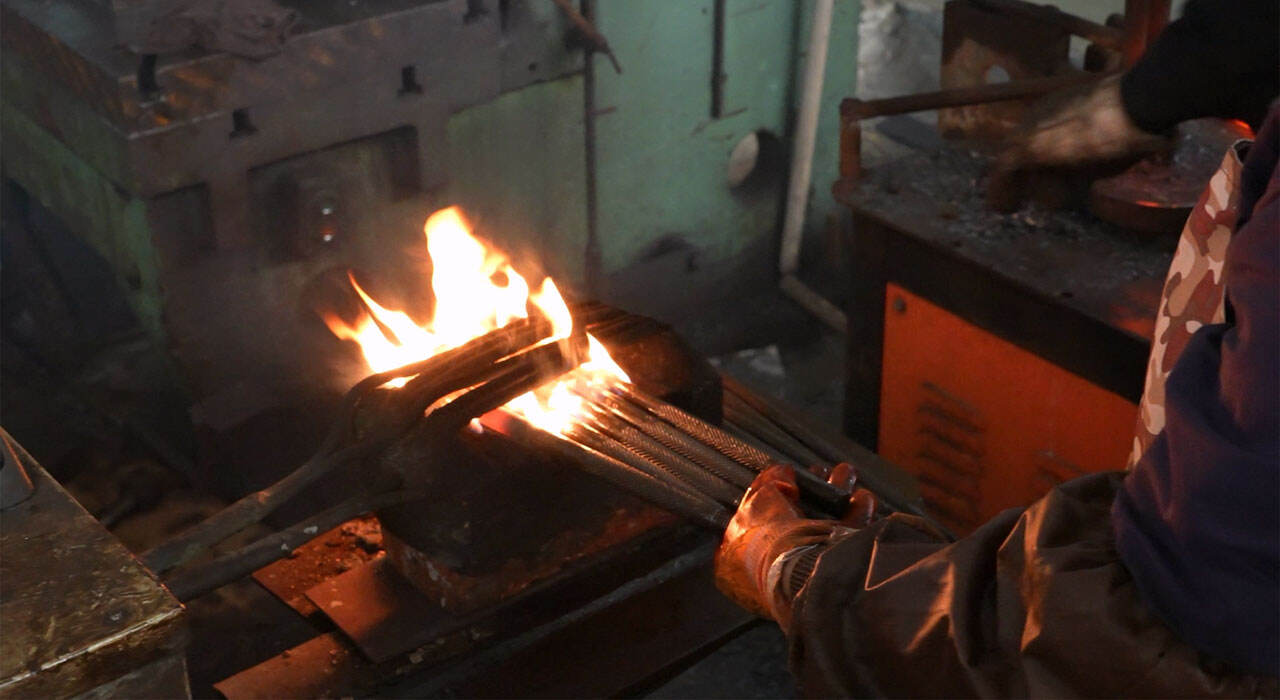
In order to improve the corrosion resistance and aesthetics of bolts, surface treatment is usually required. Common surface treatment methods include galvanizing, chrome plating, plastic spraying and spray painting. Galvanizing can improve the corrosion resistance of bolts and is suitable for outdoor and humid environments; chrome plating has better wear resistance and corrosion resistance; plastic spraying and painting can provide a beautiful appearance and have a certain anti-corrosion effect. Choose the appropriate surface treatment method according to the usage requirements.
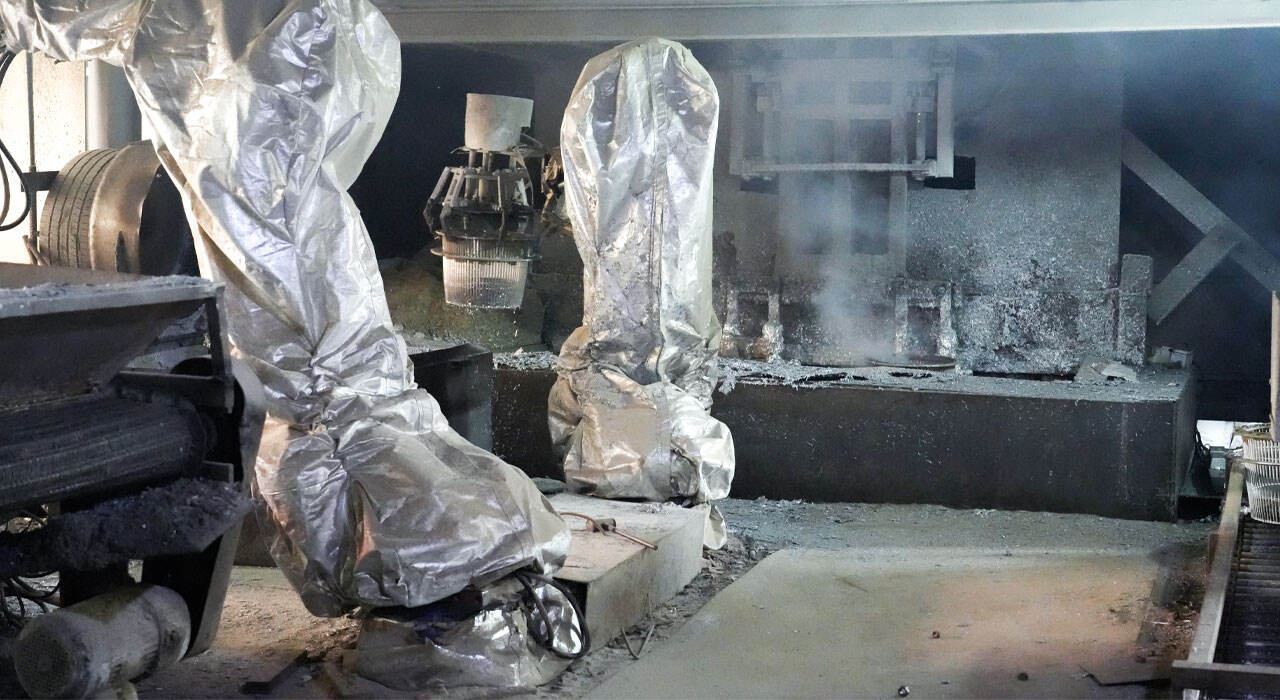
Quality inspection is an important part of ensuring the quality of bolts. Testing items include dimensional testing, appearance testing, mechanical property testing and non-destructive testing. Dimensional inspection mainly checks whether the diameter, length and thread parameters of the bolt meet the requirements; appearance inspection focuses on whether there are defects such as cracks, burrs and rust on the surface of the bolt; mechanical property inspection includes tensile test, impact test and hardness test to evaluate the bolt Mechanical properties; non-destructive testing uses ultrasonic, X-ray and other methods to check internal defects of bolts. Non-conforming products should be identified, isolated and processed in a timely manner.
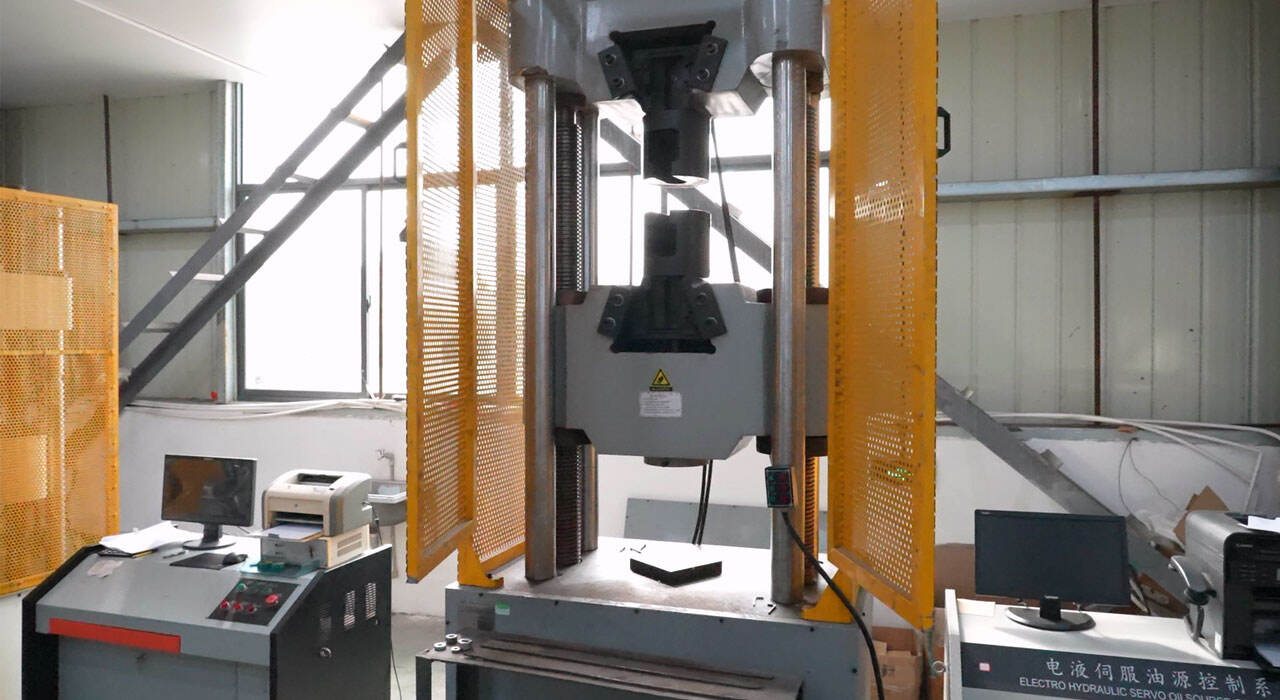
To ensure the performance and quality of bolts, proper packaging and storage are necessary. The oil and dust on the surface of the bolts should be removed before packaging. The packaging materials should be dry, clean, and have certain moisture-proof, shock-proof and rust-proof functions. The packaging method can be selected as single packaging or batch packaging according to customer requirements and transportation conditions. The storage environment should be dry and well-ventilated, avoiding direct sunlight and high temperature and humidity conditions to prevent bolts from rusting and corrosion. Regularly check the storage environment to ensure compliance with requirements.
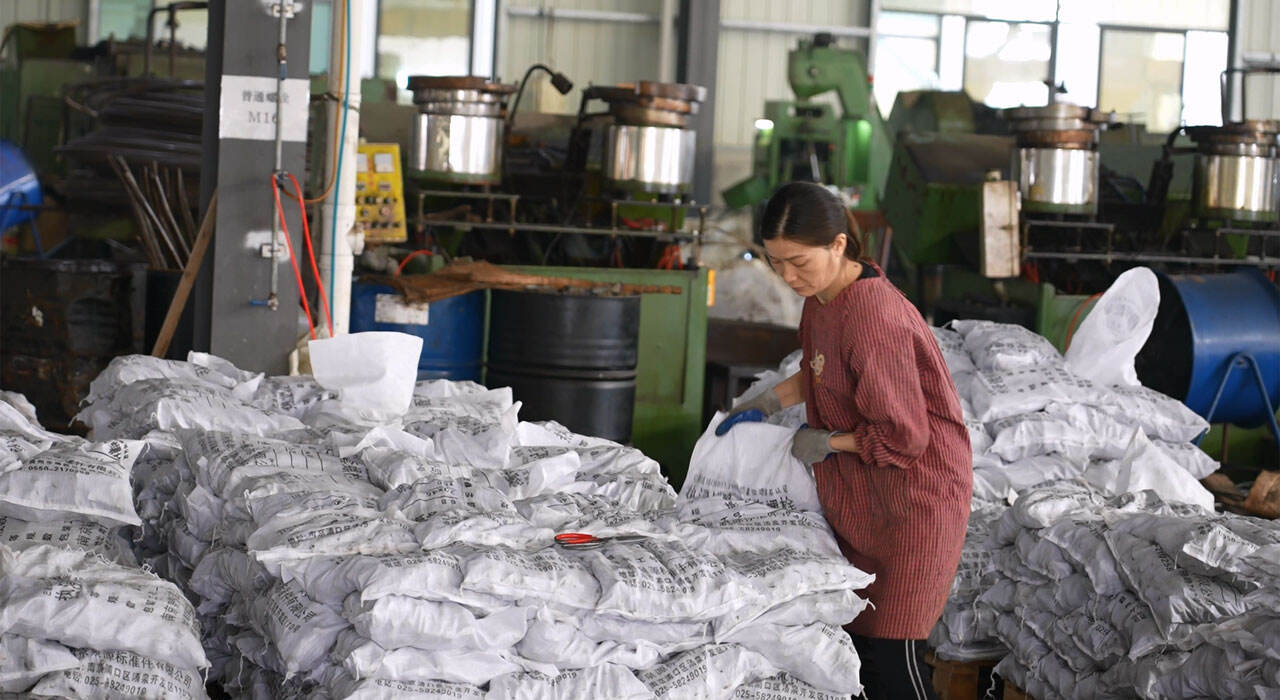
 Hot News
Hot News